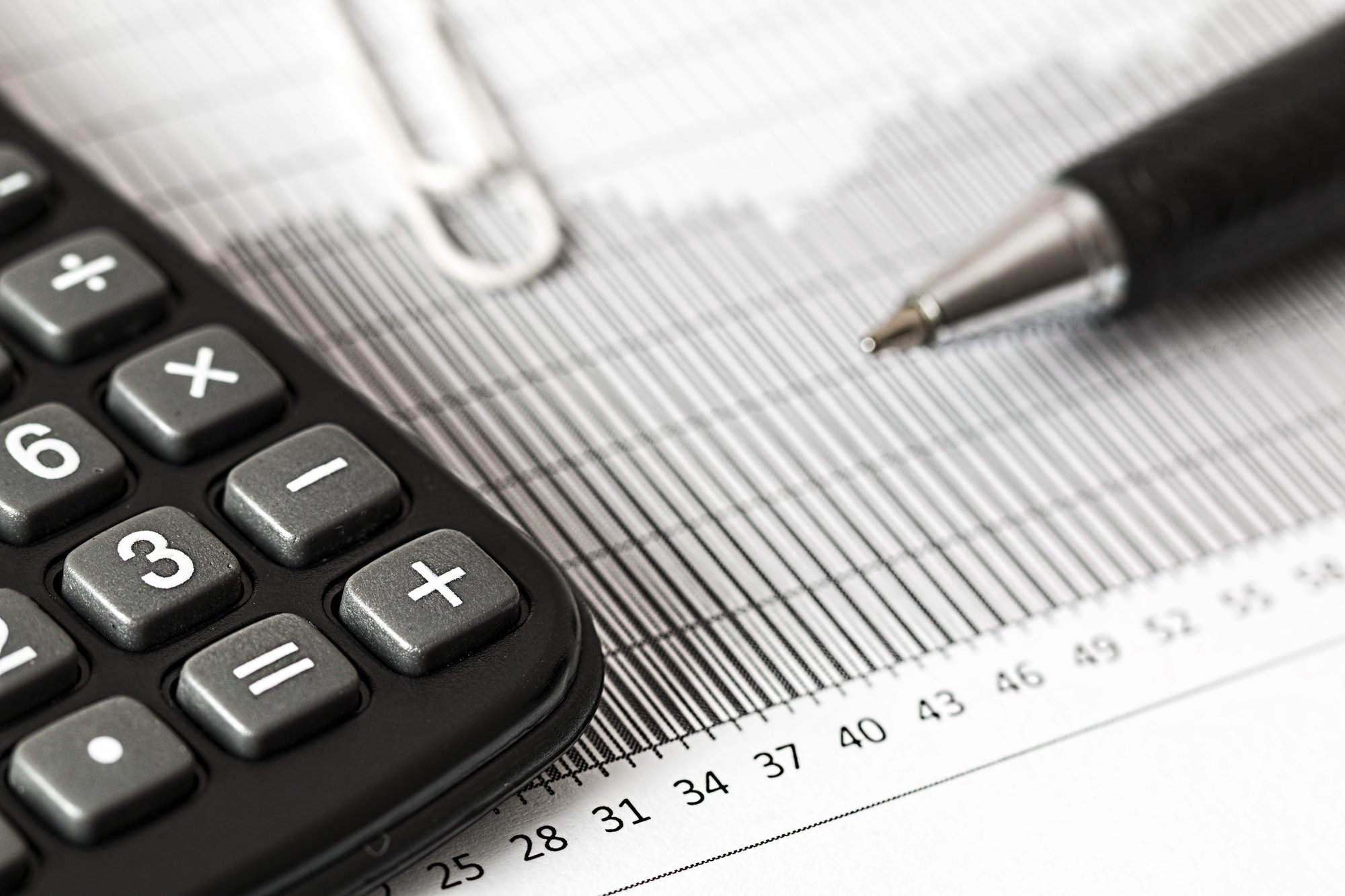
Personal selling is a vital part of marketing goods. Let’s take a deep dive into its definition, history, advantages, disadvantages, and real-life examples.
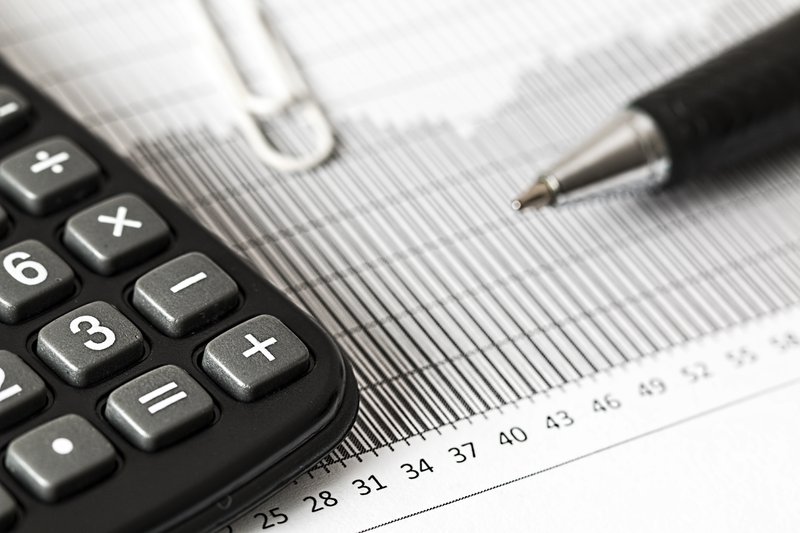
Every firm or business needs a good marketing team. It’s pretty obvious; without advertising your product properly, you are not going to make any sales.
Enter personal selling: this used to be really annoying back in the day because it was the only method of selling but now it is a fresh change of pace from all the pamphlets and infomercials we’re flooded with on a daily basis.
Online platforms such as EconomicsDiscussion. net state that personal selling is arguably the most effective method of marketing goods and services. This is mainly because personal selling is flexible and highly promotional.
It also helps you build a solid and long-lasting relationship with your target audience. All of the above-mentioned points are crucial for generating a constant flow of sales and revenue.
Other marketing methods, such as diversity marketing and/or transactional marketing, etc., are effective too but without personal selling, you will miss out on a considerable chunk of customers.
Personal selling refers to a marketing technique where sellers directly approach buyers and try to convince them to buy or try out their goods face-to-face. Even if you have no idea about what personal selling technically is, you’ve still probably been privy to at least the various forms of personal selling that are constantly being used around us. We’ll get to that in a bit.
In the past, personal selling meant going to clients and talking to them directly in real life but the internet has changed it all. You can just as easily perform personal selling over video calls.
Like with most marketing techniques; a personal seller may make a hard sell or a soft sell. If you aren’t a marketing nut, you may not know what those two terms mean so let us flesh them out for you.
A hard sell is basically a direct and strong approach to selling where the seller will not try to win you over through candid and blunt conversations about the product rather than beating around the bush and slowly winning them over.
In sharp contrast, a soft sell is just the opposite. This relies on a lot of patient build-up and soft suggestions throughout the process. It also requires a bit of poise and cleverness, you need to understand your customer very well to attempt this.
Naturally, a soft sell yields positive results more often than not but a hard sell is much faster and easier. Some customers also prefer hard selling as they don’t like to waste time either.
Personal selling allows the seller to attempt both methods. An email, tv commercial, or pamphlet limits sellers to hard selling but they have the flexibility of using both marketing techniques in this method depending on the customer.
This method of marketing is excellent and super effective but it is important to remember that it should not be the only method of marketing used by a company.
In fact, according to research conducted by HubSpot in 2020, 57% of companies were shifting to a hybrid sales model meaning they would be using multiple methods of marketing in reasonable proportions.
Let’s backtrack a little and take a look at the history of personal selling.
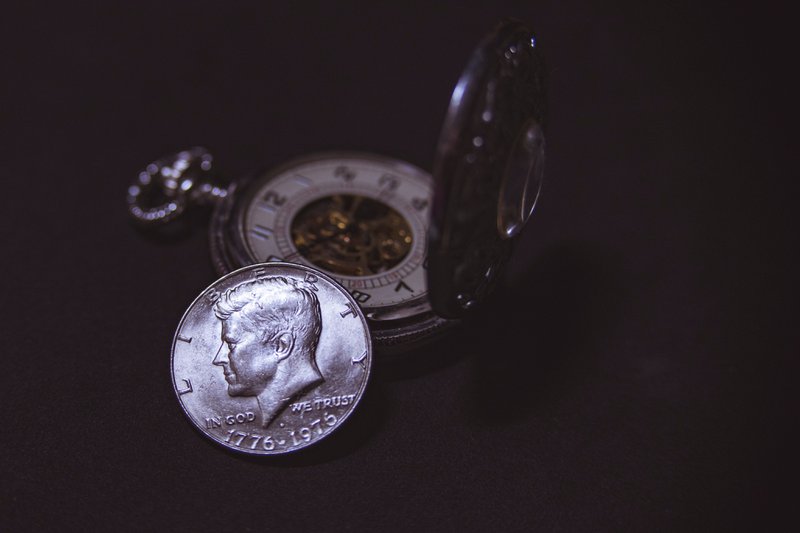
Personal selling was in fact the only method of marketing in the past. It’s been around for ages and can be credited as not just a stepping stone but the origin of modern marketing itself. Let’s check some techniques marketers used a few years ago.
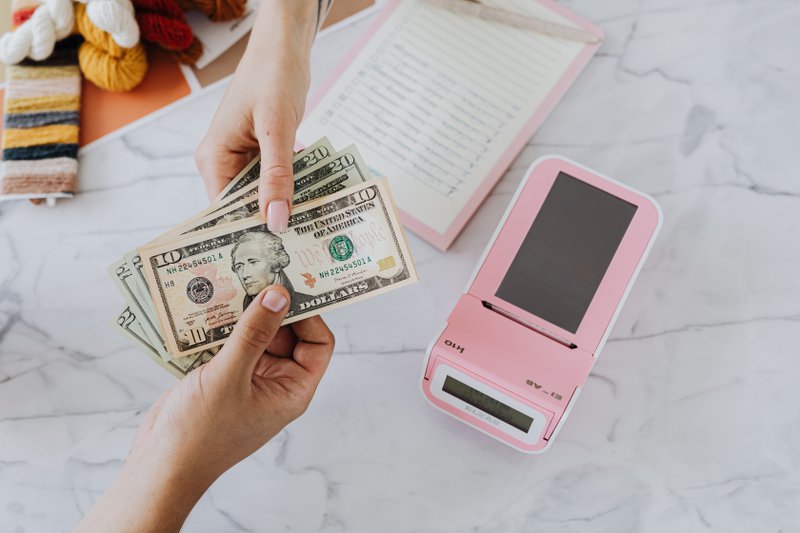
Barter refers to the direct exchange between goods and services instead of the conventional method of sales using money.
For example; rather than paying a couple of dollars for a ball of yarn, you could exchange your leather for that ball. This used to be the only method of sales in the past, as money hadn’t been invented yet.
So how did people sell goods and services? Yes, you guessed it right. Personal selling was the only method of sales available at this time.
Personal selling was a lot harder back in the day. It was difficult to show that your items were of similar value to your traders.
Fun fact: You may assume the barter trade system is dead with the introduction of money but it may surprise you to know that it is still prevalent to this day. In fact, according to a study by Ormita Commerce Network Offset Trade, 30 percent of the world’s trade is still conducted without any cash

The money we know and use today took a little while to take the form it has today. It wasn’t until the 7th century BC that the Lydians started using gold and silver coins to sell and buy goods and services.
This method gained speed really quickly due to efficiency and practicality and soon the entire world adapted this method of trade. Paper money came into the scene centuries later, 11th century China to be exact.
During medieval times, Marco Polo went to the far east and traded money for exotic goods such as spices and fine silks. Previously the barter systems could not work internationally as people in different countries valued goods differently but the use of a currency helped to bridge this gap.
Other than the fact that personal selling got way easier due to being able to assign a monetary value to a product and selling it accordingly, the market grew exponentially thanks to all the international trade happening.
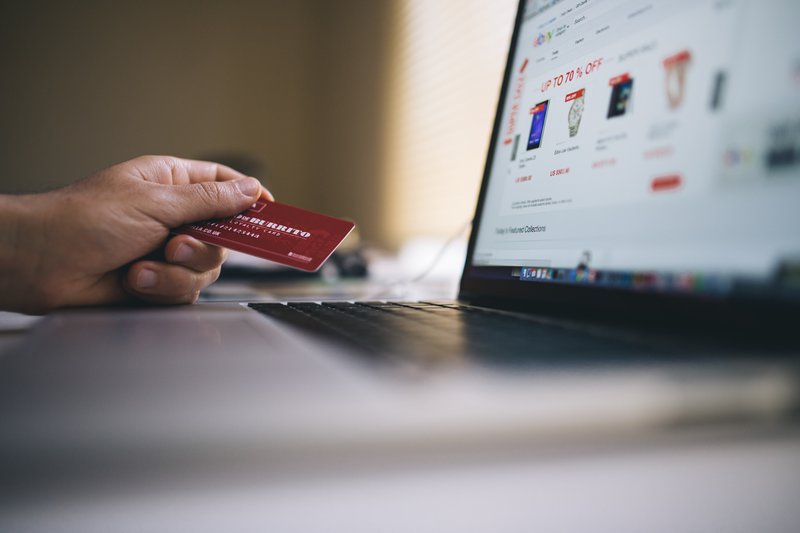
We’re edging closer and closer to a cashless society. Look around you, online shopping is mainly done through credit and debit cards. A lot of us can’t even remember the last time we felt a note in our hands. In fact, according to a survey conducted by Fundera, 80% of people prefer card payments over cash.
The introduction of credit cards and online bank accounts means that physical trade has become a lot less popular due to the convenience of doing your own research and buying the goods online, especially for those with social anxiety.
So is personal selling dead in this era? Well, of course not, we still use cash, and even if we don’t, there are some products that people have to purchase in real life.
These purchases include fitted clothes that require precise measurements such as a suit or dress, furniture that needs to be tried out such as a sofa or bed, or services such as massages or hair cuts.
A large chunk of customers are also cynical about online purchases due to the inability to make quality checks before buying a product, these people will likely never switch over to online shoppers so personal sellers can always help them out.
Now that we know how personal selling has evolved over the years, let’s take a look at the pros and cons of this method of sales:
As we’ve already seen, personal selling has been around for centuries...no, for millennia. There must be a good reason why we’ve been using this method for so many years; what makes it so reliable? Let’s take a look at these advantages:
This method allows the seller to customize his strategies according to the customer. It is super adaptable to any customer. This is one of the main reasons why this method has lasted so many years.
Another benefit of personal selling is the fact that the seller and buyers often develop meaningful and long-lasting connections. This creates a lot of brand or shop loyalty as that buyer will probably go to that seller for all their needs.
Similar to the development of client-seller relationships, this benefit refers to the satisfaction and appreciation felt by buyers for the time sellers spent on them. They get appropriate attention and feel a personal connection that brochures and emails simply can not compete with.
As the customers get adequate attention, they will be able to tell the seller exactly what they need and the seller can find the best good for them. All their queries and confusion will also be answered and cleared out. You can even connect through emails with customers. If you’re new at promoting yourself to your audience, check out these four cool and interesting email sequence examples that generate leads.
The final benefit of personal selling is perhaps one of the biggest ones. You have the ability to close the deal on the spot. Sellers don’t need to wait for hours for the customer to respond to your emails and messages, the communication is instant so buyers can easily make the sale right after talking to the clients.
We love personal selling but that doesn’t mean it’s without its long list of flaws. We’ve developed many new sales methods to overcome these flaws. Let’s what these new methods combat:
This technique requires a lot of skill and patience as the buyers need to be convinced to buy the product in question. It can be quite difficult to achieve and needs experts in the art of persuasion. Needless to say, this needs training, experience, and natural talent.
The patience, skills, and experience needed for this personal selling racks up quite a bill for employee training. This is quite a considerable price for most firms. In fact, some firms are discouraged by this factor, and unfortunately, they employ incompetent sellers.
Giving customers the attention and time they need is both a perk and drawback sadly. Personal selling means a very large amount of time is dedicated to a single customer so it not only raises costs, as we mentioned before, it also reduces time saved for other purposes such as quality checks and stock management.
Lastly, personal selling has a much shorter ranger than other methods of sales. You can distribute hundreds of brochures a day, emails can be to thousands of customers at the click of buttons, and tv commercials are viewed by millions daily. You can only get the attention of a handful of buyers through personal selling.
We’ve been saying that you see personal sellers on a daily basis from the beginning of this article. Now that you’ve read up on the definition and origins of personal selling, can you think of any examples of personal selling?
Running on empty? No problem. We’ve got you covered with 3 easy-to-spot personal sellers.

This might not seem like an occupation under the category of P.S, but it actually has been a front-runner in the industry for a pretty long time now.
Although not selling products or goods, a consultant has to sell his/her service to customers. This “service” can be in the form of advice, consultation, or even just an hour-long session of informal therapy.
You will also find people in this occupation competing and trying to sell their services to top multi-national companies and private ventures, in order to bag the role of a professional business consultant.

Those working as sales-rep in giant companies such as Apple Inc., Samsung, etc., are also personal sellers. Their work is much bigger than simply trying to sell a product though.
As a software salesperson working in big global companies, the job typically revolves around reselling old products and introducing new ones, whilst maintaining brand image and fantastic customer service.

Convincing people to look into a new product or service on the market is a job done best by advertisement firms. Whether it is through cold calling or with face-to-face interaction, you need to have strong personal selling skills to convince the person on the other end to invest in your good/service.
On top of that, such firms or agencies also tend to promote or “market” certain clients to the general audience, thus creating interaction between all parties involved in the mix.

Ah, yes. If you’ve never been privy to one of them, consider yourself very lucky. door-to-door salesmen basically go from home to home trying to advertise and sell goods. This is not an easy job if you don’t like being called annoying.
They tend to be very persistent and skilled at convincing customers to buy their products. A huge proportion of these salesmen (or women) are scammers so just be very careful when dealing with them.

This is a classic example that everyone has come across. We’ve all seen those employees outside the store trying to sell you the latest perfume or food item.
Even inside stores, we find several workers inside stores helping us pick out the right products. We can’t count the number of times we’ve been asked our shoe size on one hand.
If you haven't seen them in real life, you can find many examples on television as well: Joey got a job as a sales mascot in an episode of Friends, Dwight’s tenure at Target in the Office, or Tom Haverford selling his various business ventures in Parks and Rec. We highly recommend checking out those shows if you haven’t.

The last example has become a bit of a lost art if we are being honest. Hawkers used to be everywhere but after the pandemic, we don’t really see that many people selling goods on the streets.
You will still find the odd hot dog seller here and there. Yes, they are personal sellers too, they sell and you buy hot dogs face-to-face. That’s all there really is to this.
There you have it; you now know pretty much everything you need to know about personal selling. This technique is arguable the most customizable method of sales so the effectiveness is entirely up to you. Unleash your inner creative salesman.
If you’re just a general customer interested in knowing about sales methods, then well you are more well informed than the average person after reading this article, that’s for sure.
Whatever your purpose for reading this article was, we hope OutreachBin was able to create an enjoyable and informative experience for you. We hope we were able to cultivate a long-lasting interest in personal selling in all of you.





